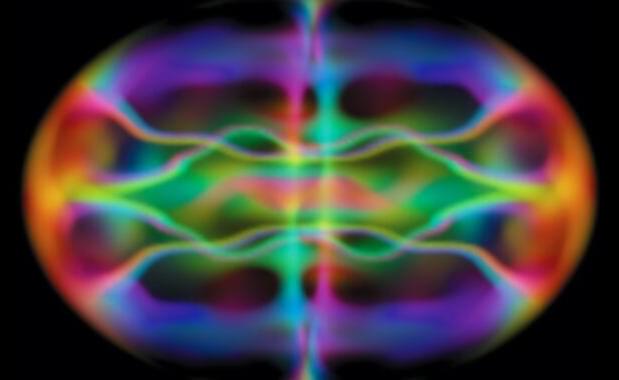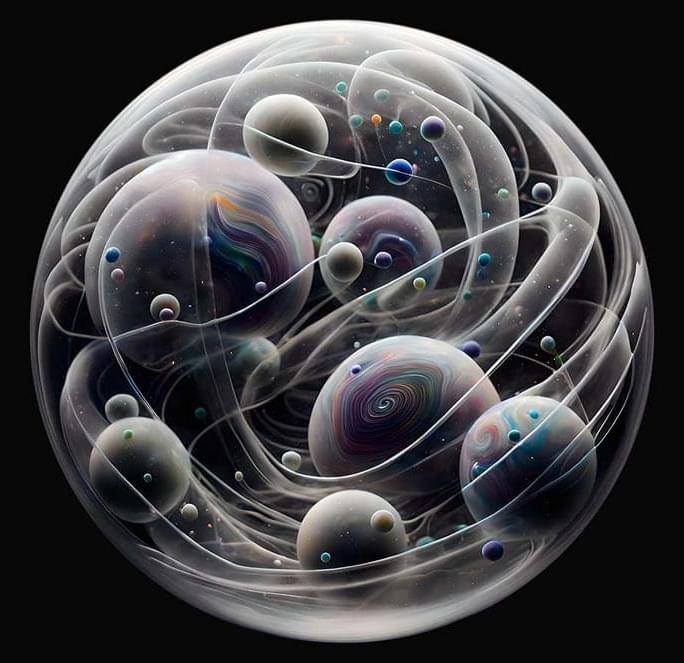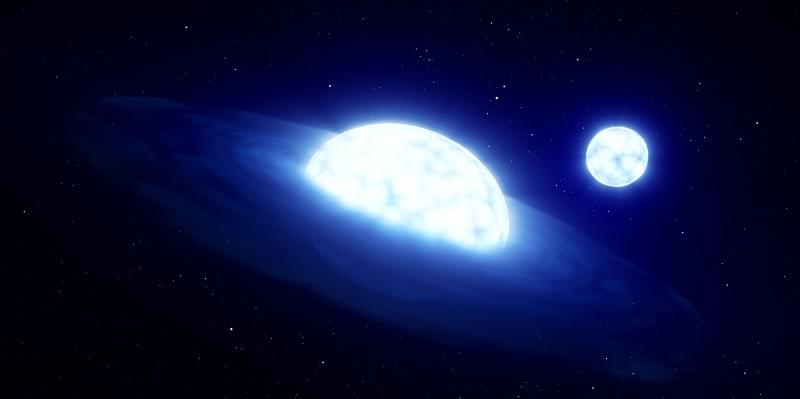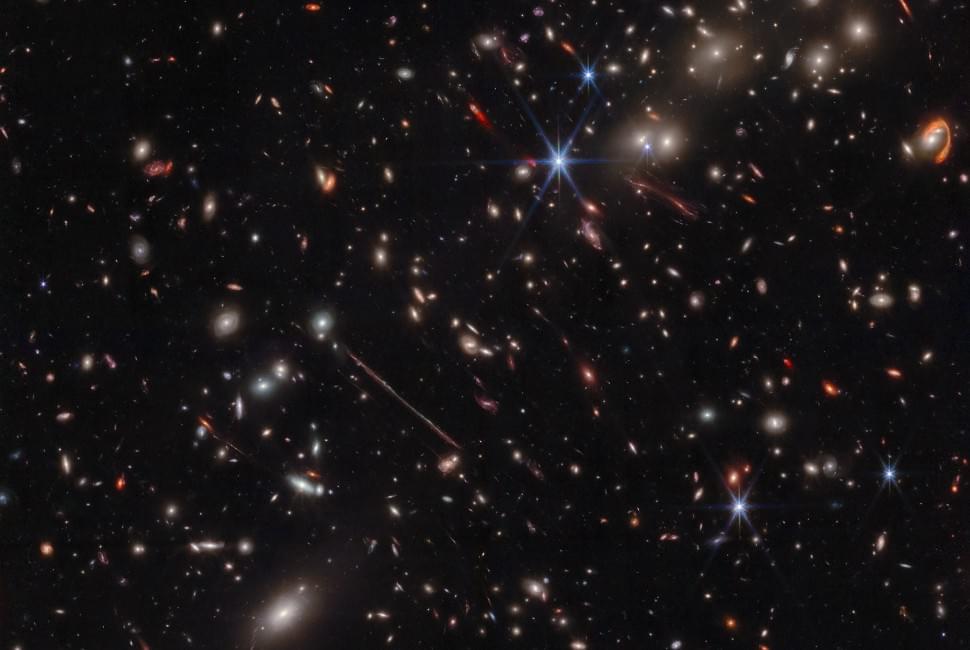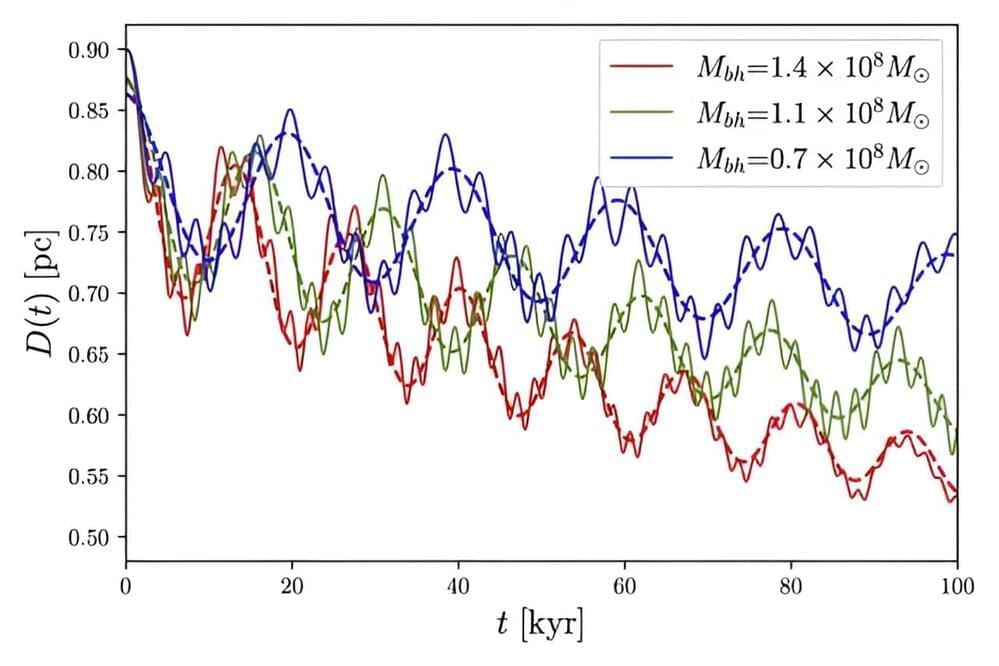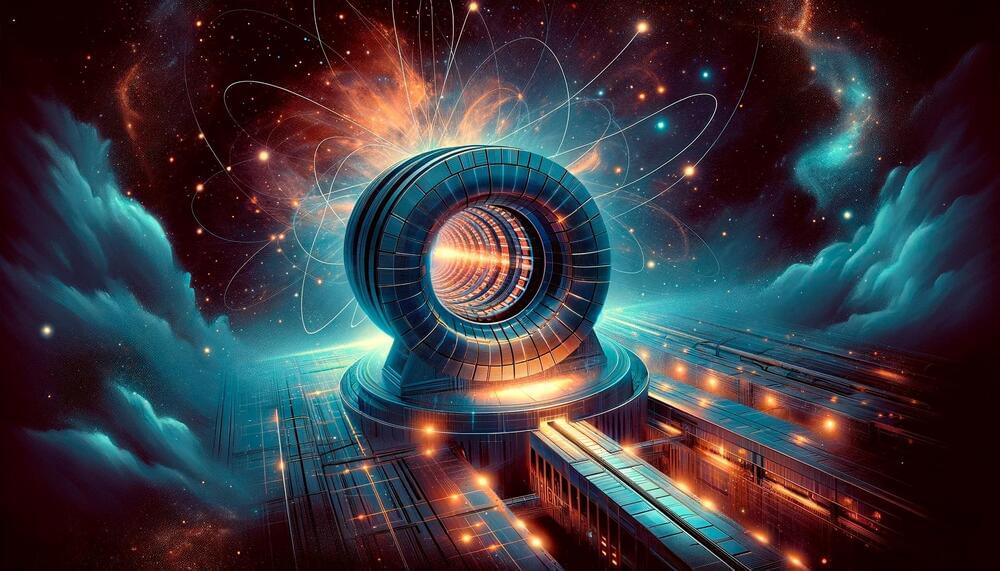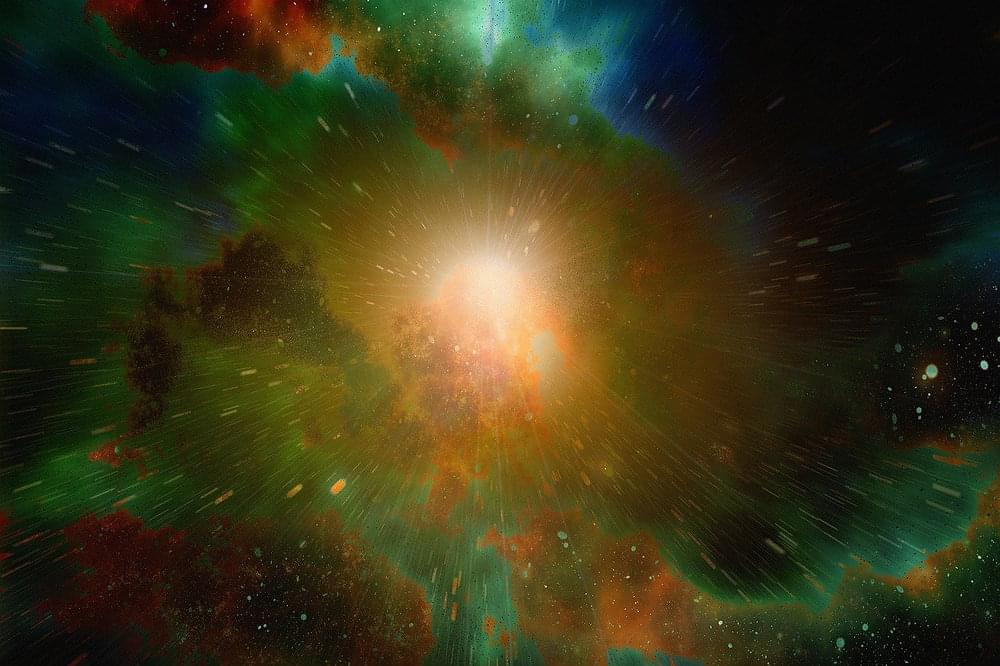Dec 2, 2023
The Universe in a lab: Testing alternate cosmology using a cloud of atoms
Posted by Genevieve Klien in categories: cosmology, information science, particle physics, quantum physics, space travel
In the basement of Kirchhoff-Institut für Physik in Germany, researchers have been simulating the Universe as it might have existed shortly after the Big Bang. They have created a tabletop quantum field simulation that involves using magnets and lasers to control a sample of potassium-39 atoms that is held close to absolute zero. They then use equations to translate the results at this small scale to explore possible features of the early Universe.
The work done so far shows that it’s possible to simulate a Universe with a different curvature. In a positively curved universe, if you travel in any direction in a straight line, you will come back to where you started. In a negatively curved universe, space is bent in a saddle shape. The Universe is currently flat or nearly flat, according to Marius Sparn, a PhD student at Kirchhoff-Institut für Physik. But at the beginning of its existence, it might have been more positively or negatively curved.
